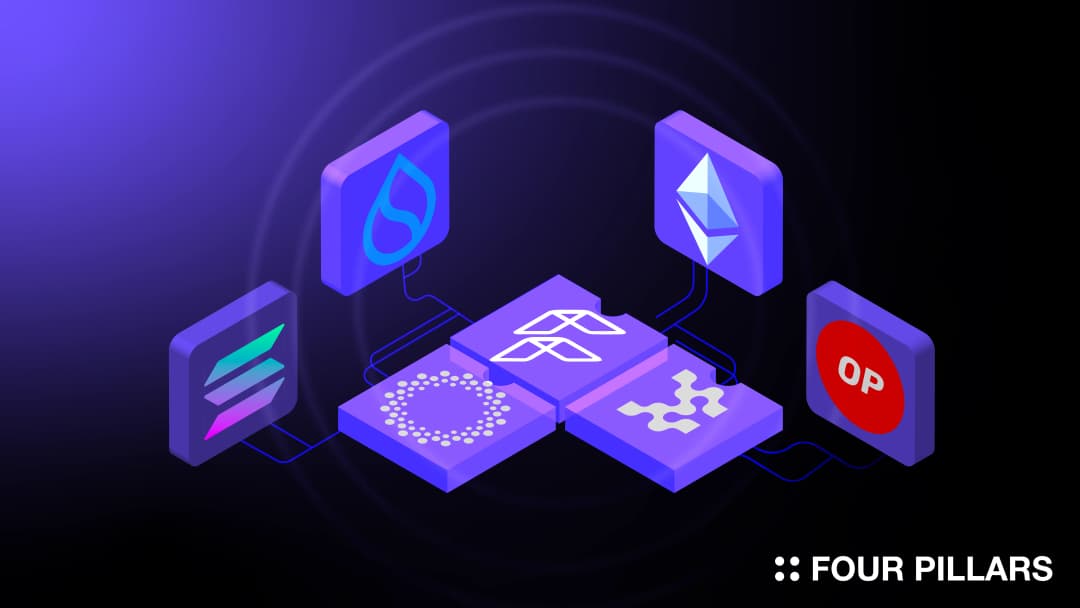
This research article presents a comprehensive framework for quantifying security requirements and exploring restaking implementations in shared sequencers. The framework serves as a valuable resource for ETH stakers, operators, and Actively Validated Services (AVS) seeking to optimize risk-adjusted returns and bootstrap security through restaking.
Shared sequencers are pivotal in ensuring rollup decentralization and facilitating cross- chain MEV extraction. The study begins by analyzing the technical differences among three prominent sequencers: Espresso, Astria, and Aztec Fernet.
Subsequently, the report underscores the significance of estimating the cost and profit associated with validator corruption. These are contingent upon the potential types of attacks that a shared sequencer may encounter. Specifically, the consensus mechanism employed by the shared sequencer plays a crucial role in determining the nature and consequences of attacks and, subsequently, the cost and profit of corruption.
We produce in-depth blockchain research articles

Can Polygon AggLayer bring innovation to the multi-chain user experience?

The future of blockchain will be multi-chain, and numerous SDK services are emerging regardless of L1, L2. Let's explore the SDKs in each ecosystem.

MEV-Burn is an upgrade anticipated to be implemented after PBS, and it is a mechanism that burns a portion of the MEV generated in the Ethereum network. This article will cover the overview, operation process, and expected effects of MEV-Burn.

Blockchain VMs are getting diverse and are rapidly evolving, and the zkVM market is also undergoing many changes as new projects take on new challenges. Let’s walkthorugh the landscape and understand what lies ahead.